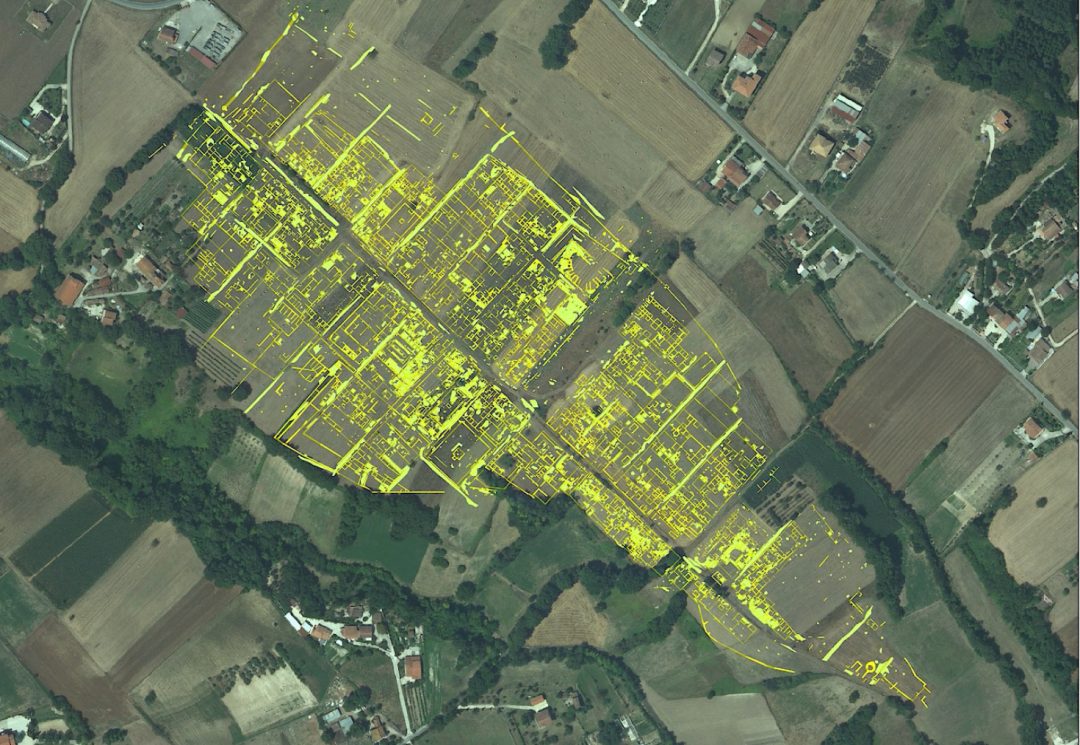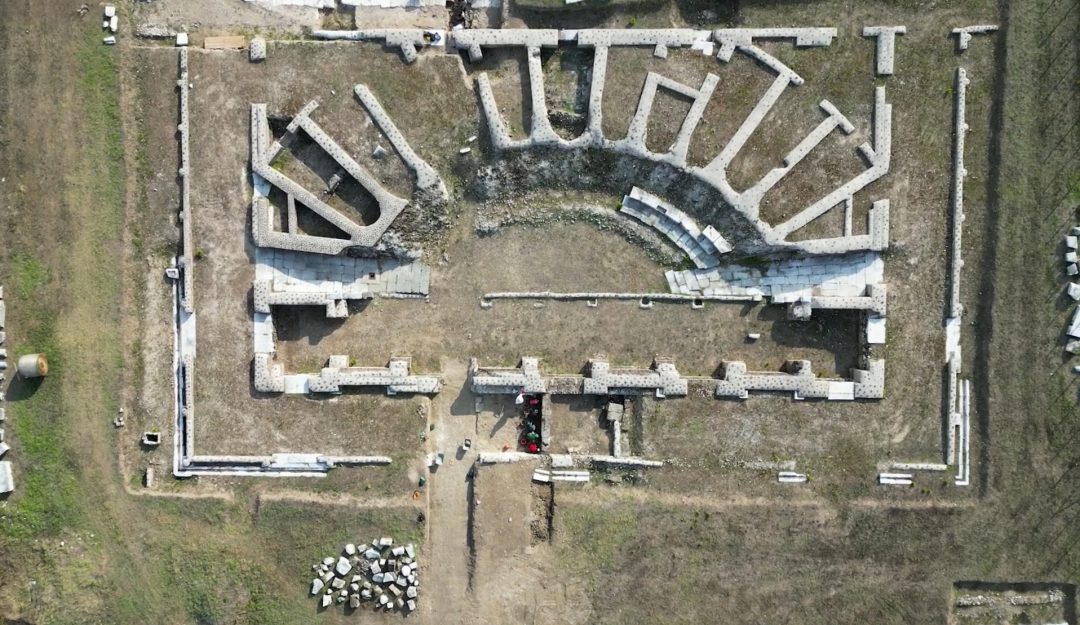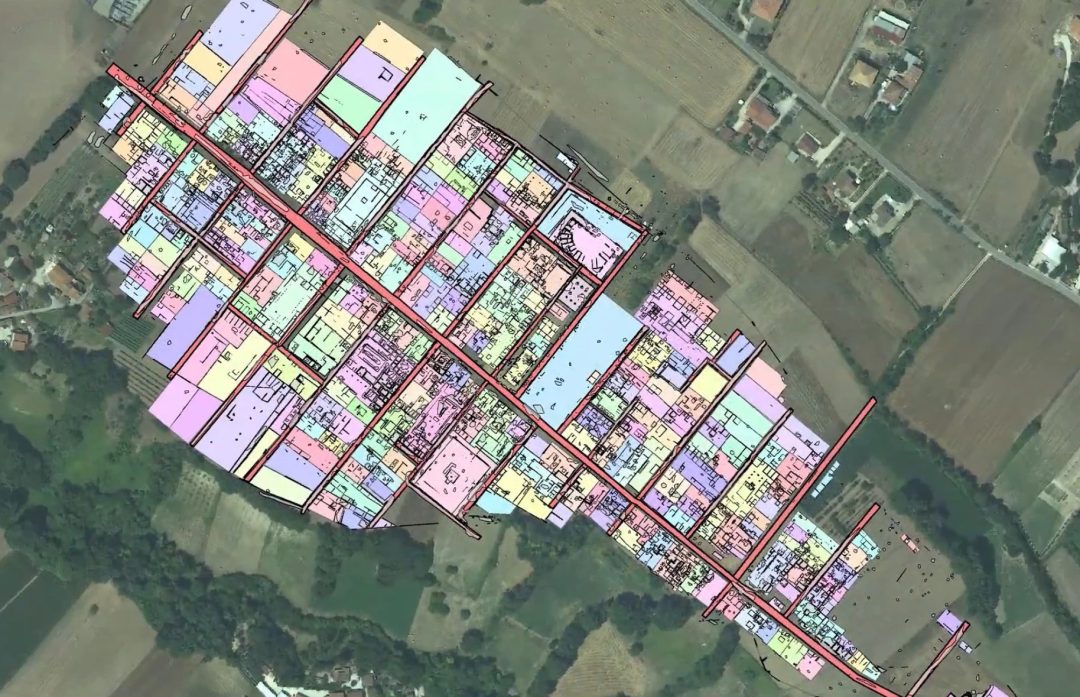Nestled in the heart of central Italy, Interamna Lirenas was once a thriving Roman town that defied the odds. For centuries, it was dismissed as a forgotten backwater, overshadowed by the grandeur of Rome and Pompeii. However, recent archaeological discoveries have rewritten its story, revealing a resilient community that flourished well into the 3rd century AD; long after the Roman Empire’s decline began.

A Hidden Gem
Interamna Lirenas was founded in the 4th century BC as a Roman colony, strategically positioned between the River Liri and major trade routes. For nearly 900 years, it adapted to the challenges of its time, evolving into a bustling hub of commerce and culture. Yet, by the time archaeologists began their work, the site appeared unremarkable.

But after using advanced techniques like magnetic and ground-penetrating radar surveys, researchers uncovered a detailed map of the town’s layout. What they found was astonishing: a roofed theater, markets, warehouses, a river port, and even bath complexes. These features painted a picture of a vibrant community that was anything but a “backwater.”
A Testament to Resilience

Interamna Lirenas thrived during a period often associated with the decline of Roman Italy. Its strategic location allowed it to maintain strong trade networks, and its residents demonstrated remarkable ingenuity. The town’s theater, for example, was a symbol of its wealth and ambition, capable of seating 1,500 people. Unlike many Roman towns, Interamna Lirenas showed no signs of social stratification in its housing, reflecting a unique sense of community.

The town’s pottery tells another story of resilience. While many Roman settlements relied on imported goods, Interamna Lirenas produced its own, adapting to economic shifts and sustaining its population of approximately 2,000 residents.
The End of an Era
Unlike the dramatic destruction of Pompeii, Interamna Lirenas met a quieter end. There is no evidence of a violent collapse; instead, it appears the town was gradually abandoned, likely due to fears of marauding armies. Its decline was not a failure but a testament to its ability to endure for centuries longer than many of its contemporaries.
A Legacy Reimagined
Interamna Lirenas challenges our understanding of Roman history. It was not an extraordinary city by Roman standards, but its story is extraordinary in its own right. It represents the resilience and adaptability of “average” Roman towns, offering a new perspective on the empire’s decline.
As we uncover more about this remarkable town, it earns its place in history—not as a forgotten backwater, but as a symbol of endurance as “The Last Roman City.”

